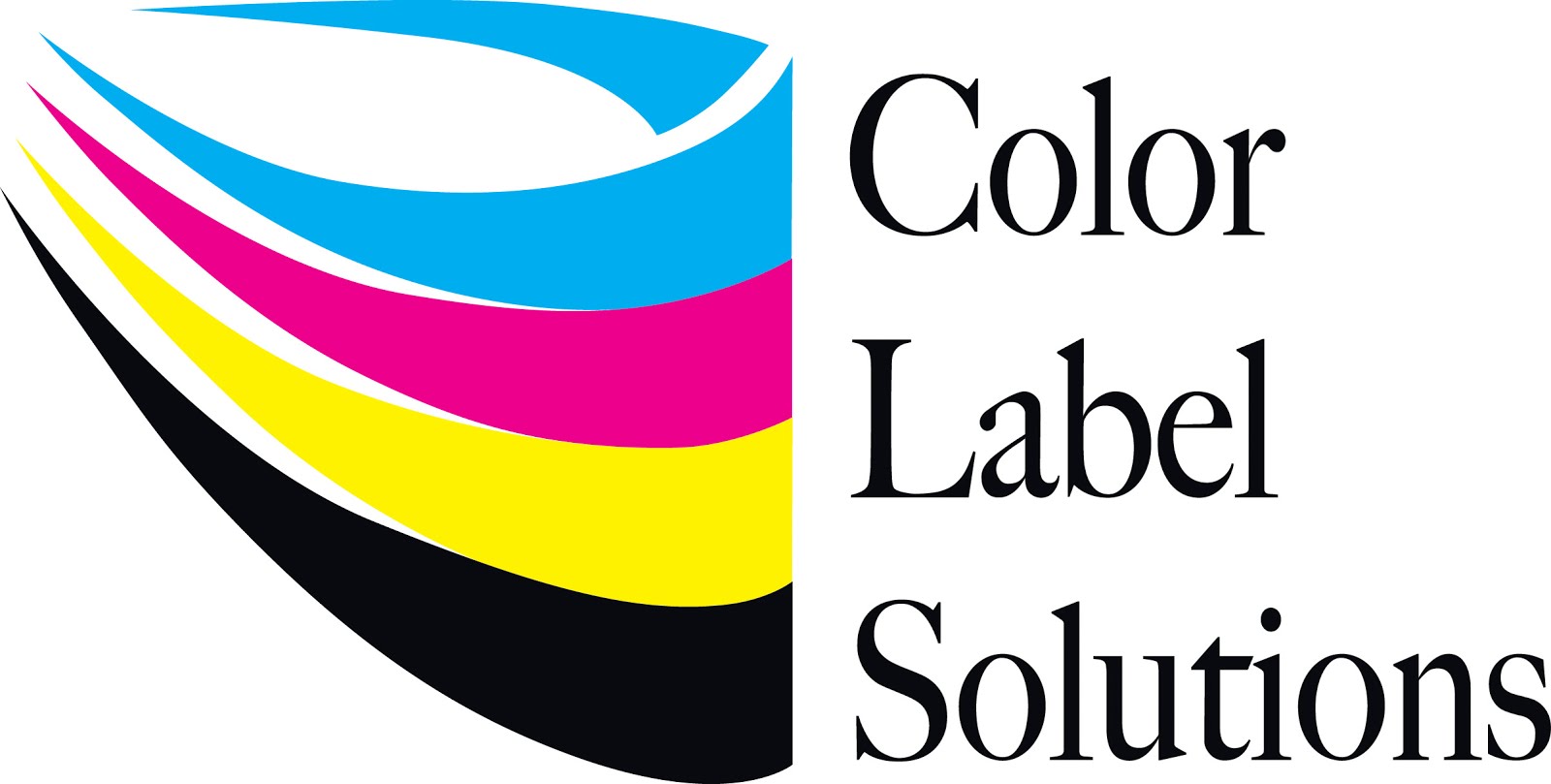Headquartered in Plymouth, Minnesota, Primera Technology,
Inc. is a developer and manufacturer of specialty printing equipment including
the LX-Series Color Label Printers, AP-Series Label Applicators, LP130 Laser
Marking System, the CX1200 Color Label Press and the FX1200 Digital Finishing
System. Primera distributes its products in more than 222 countries
with service and support for North America, Latin America and South America
from Plymouth, Minnesota. EMEA customers are serviced and supported from
Wiesbaden, Germany through Primera Europe. Primera Asia Pacific, located in
Hong Kong, serves customers in Asia Pacific.
Recently, I sat down with Katherine Lee, Sales
Representative, for Primera to learn more about their label applicators; the
AP360/AP362 for cylindrical containers and the AP550 for flat surfaces. If you are applying labels manually to either types of containers or flat packages, the number one way you can increase productivity
is to move to semi-automatic labeling. According
to Katherine, “With the AP 360, you can apply up to 1000 labels per hour onto
bottles; all in the exact same location.
With the AP550, you can insure your labels are applied in the same
position, smoothly (with no wrinkles) on flat surfaces quickly and easily.”
With the AP360/AP362, the only slightly complicated part of
setting up the applicator is threading the leading edge of the labels in the
applicator. Katherine says, “both
applicators have a diagram on the side on how to thread the labels”
“In addition, you need to set the thumbscrews/guides to set
the location of the label on the bottle” says Katherine.
Continuing, Katherine says “you need to make sure the
label/gap sensor is touching the label.”
With the mode function, you can set the applicator to apply
1 or 2 labels, even setting the distance between labels.
To see Katherine apply a label to a wine bottle, watch this
video.
If you want to see the official AP360 video....
One of the questions I get frequently is applying labels to
small bottles; especially given the increase in the e-cigarette market. When applying labels to smaller bottles,
Katherine says, “you need to keep the arm pushed down; forcing you to almost
insert the bottle between the arm and the rollers. As small bottles are light in weight, the arm
holds them in place to insure the labels are applied correctly.
“Again, you can use the AP360/AP362 applicators on any
container you can roll. If the container
rolls crooked, the AP360/AP362 will apply the label incorrectly” says
Katherine.
For flat surfaces the AP550 works well. Take a look at Katherine applying labels:
If you want to see the official AP550 video....
From my perspective, consistent label application is the
biggest benefit of the flat surface applicator.
No way can you apply a label in the same position every time
manually.
If you need to increase your productivity on printing and
APPLYING color labels on-demand, we can help.
Contact us to learn more about these semi-automatic label applicators.
Guy Mikel
855-962-7670
#colorlabels
















